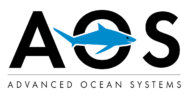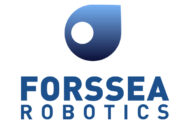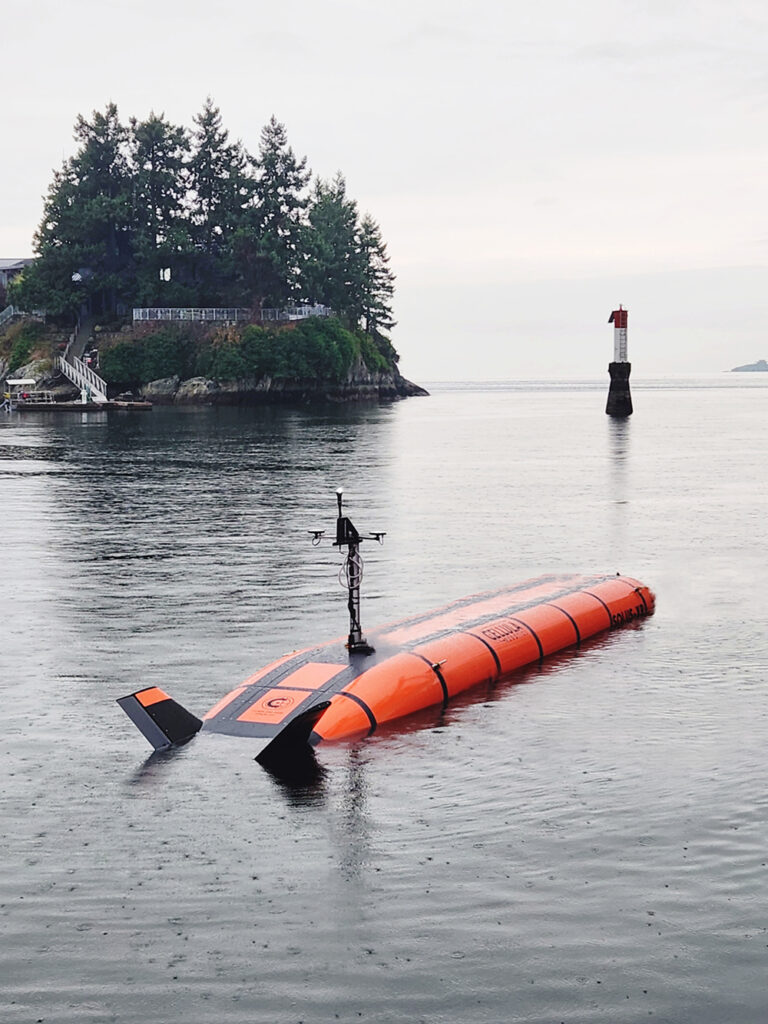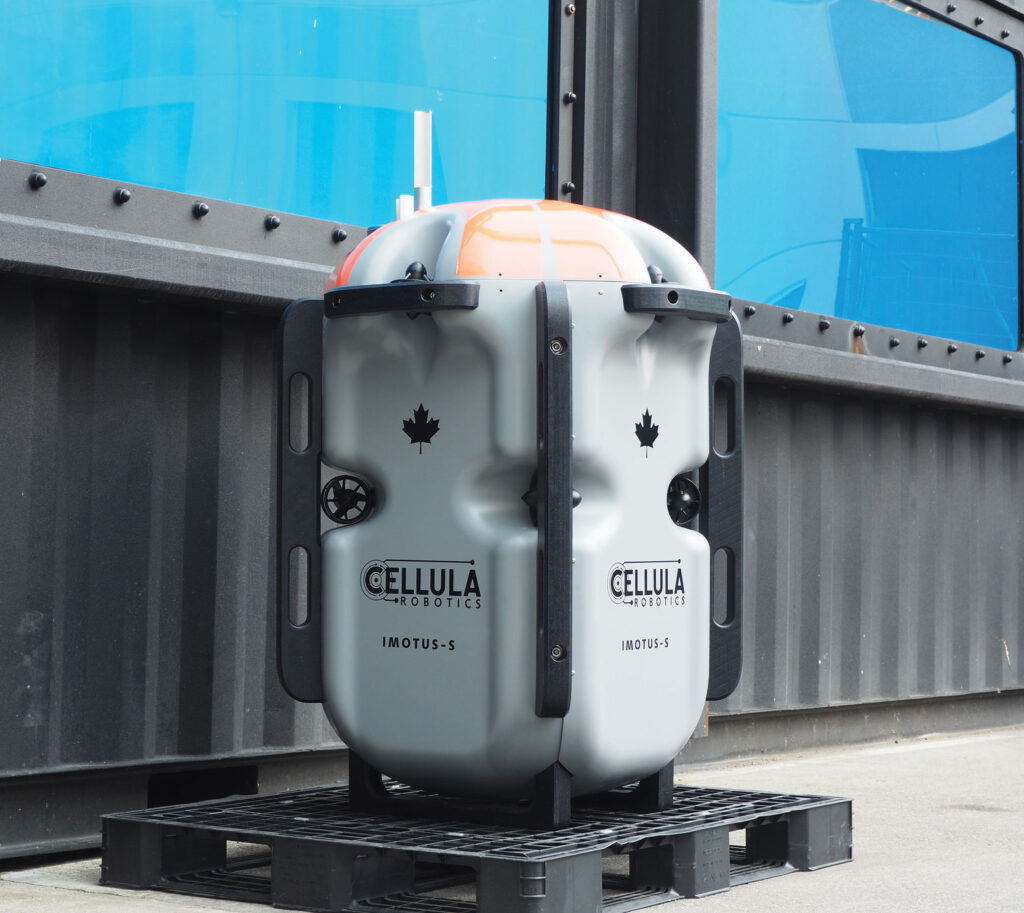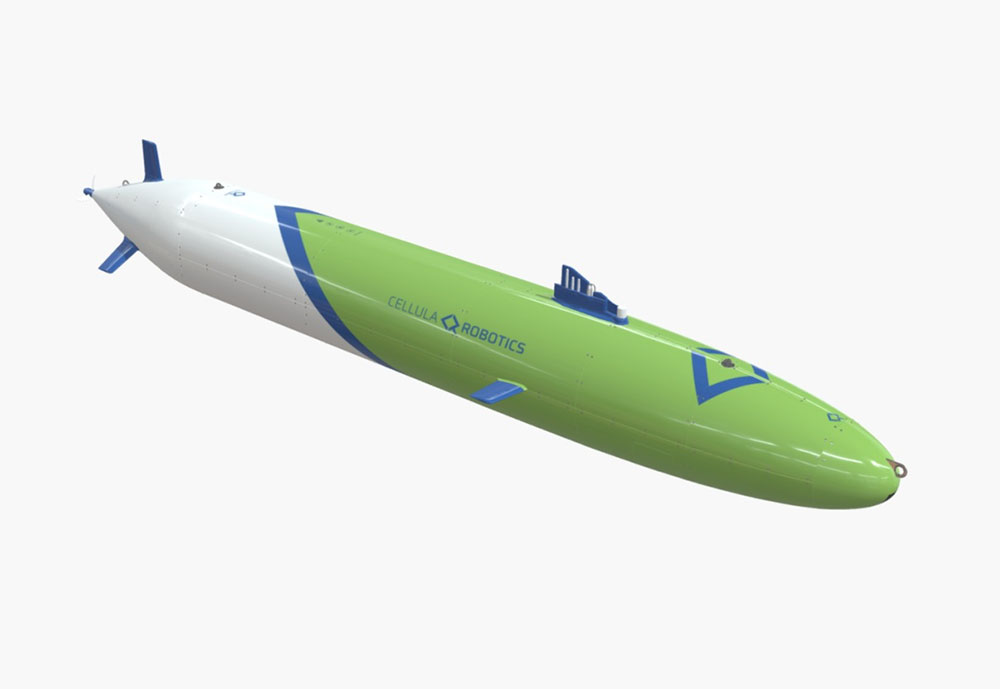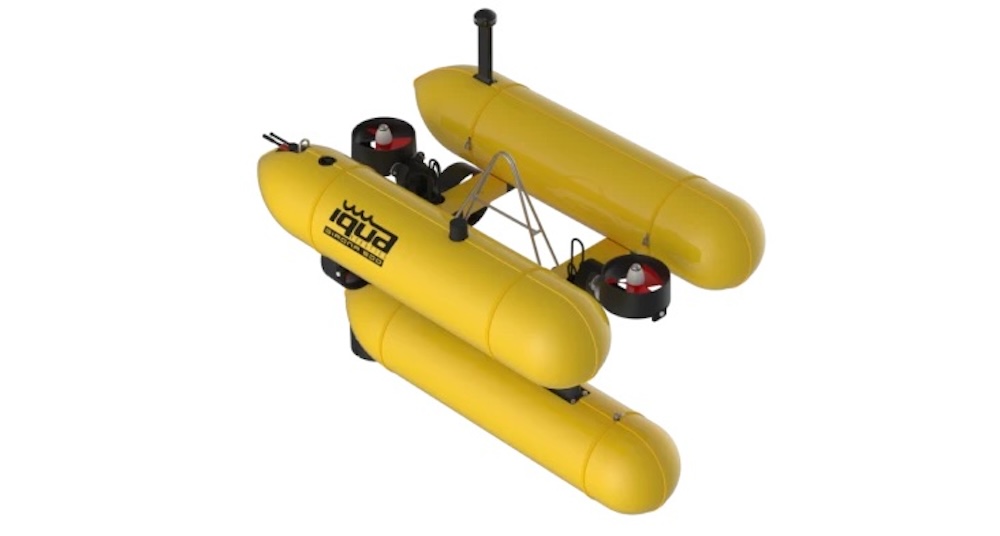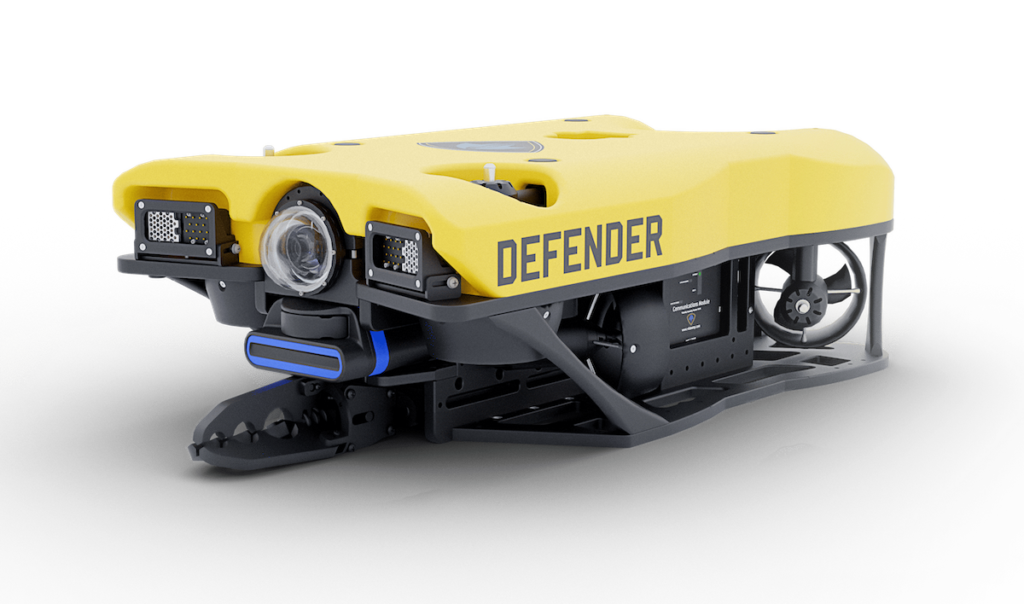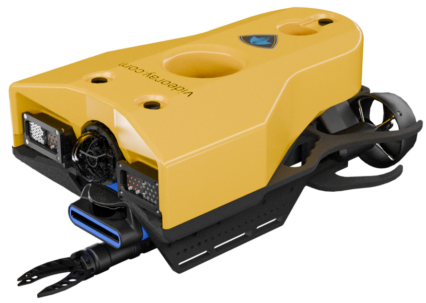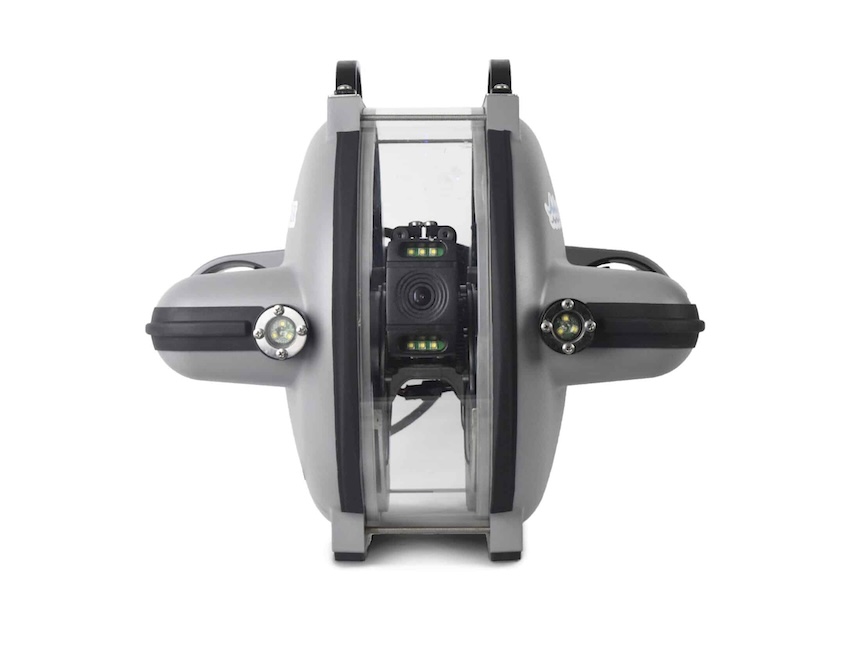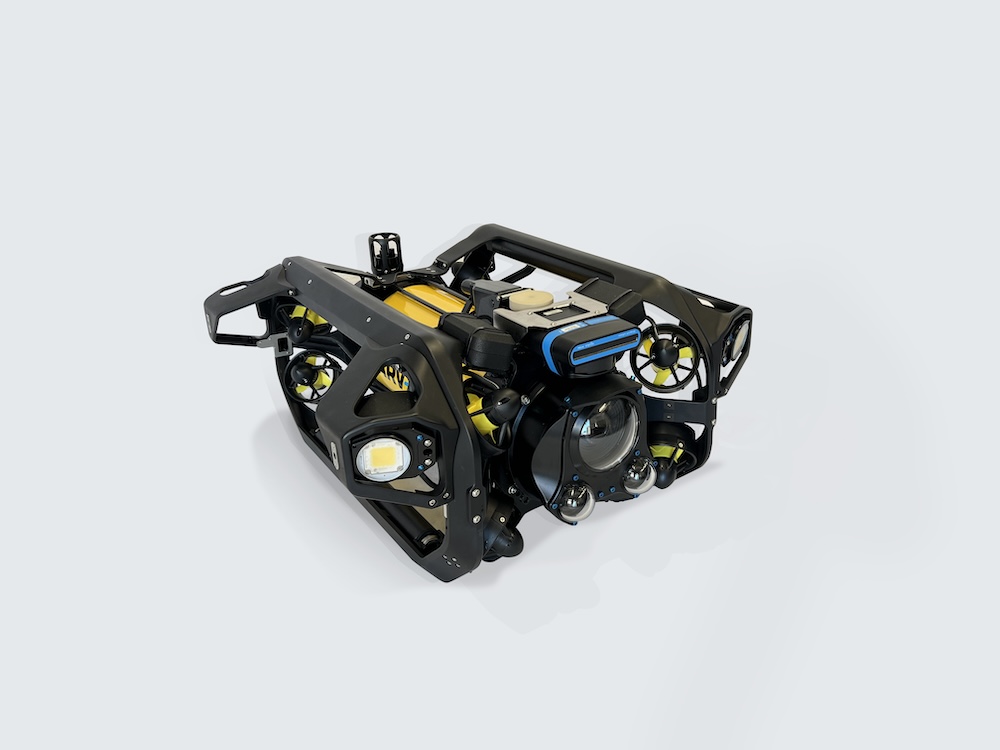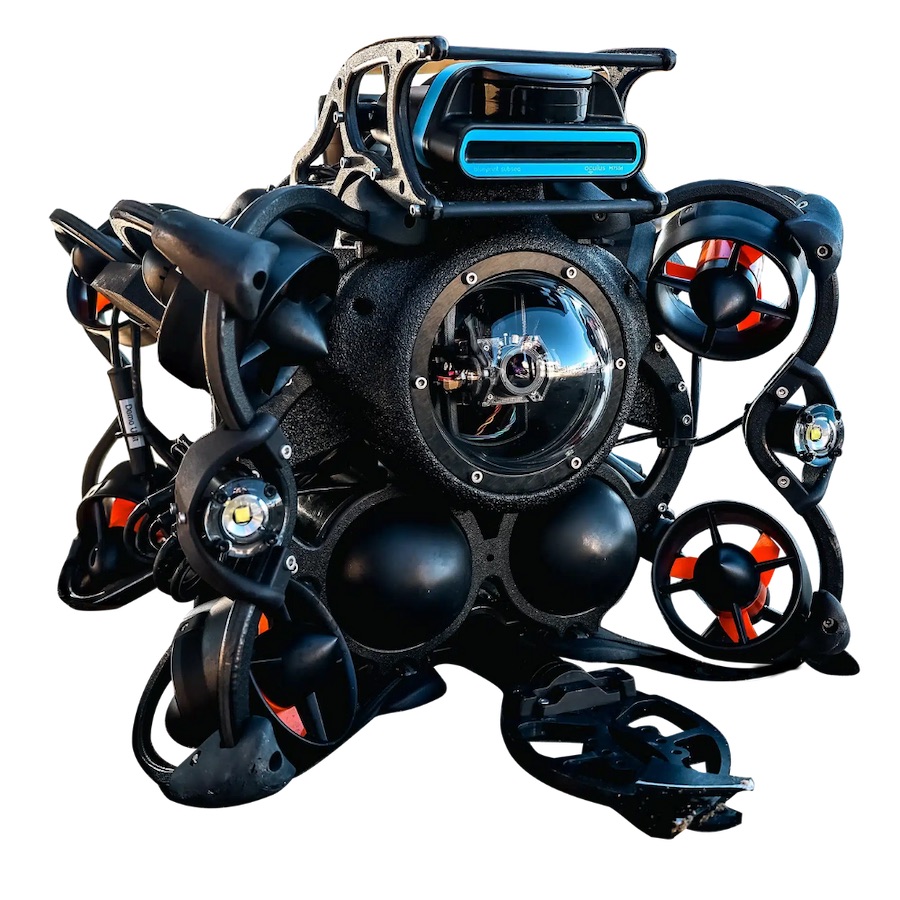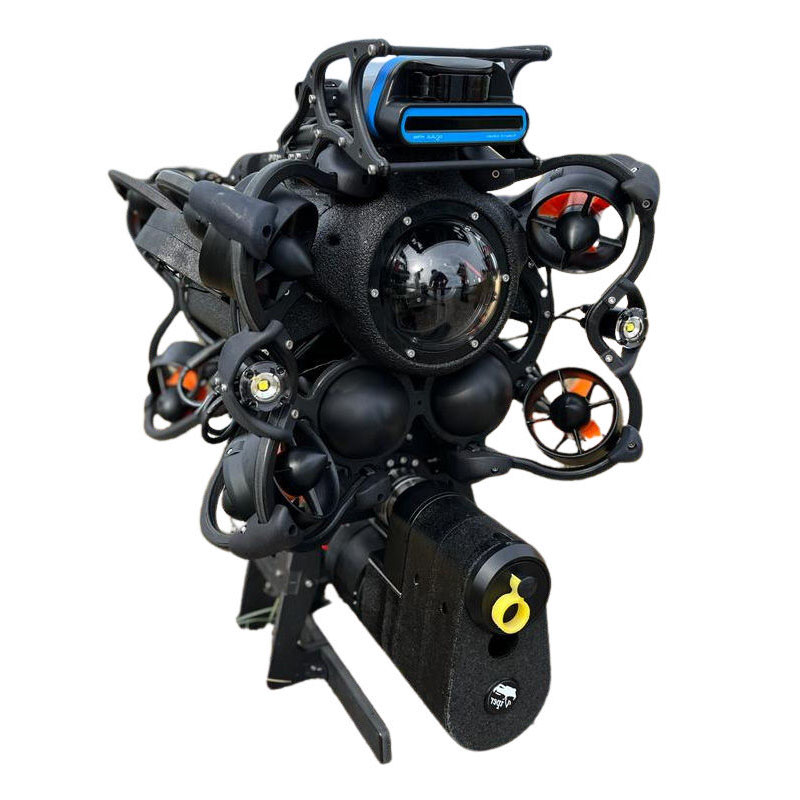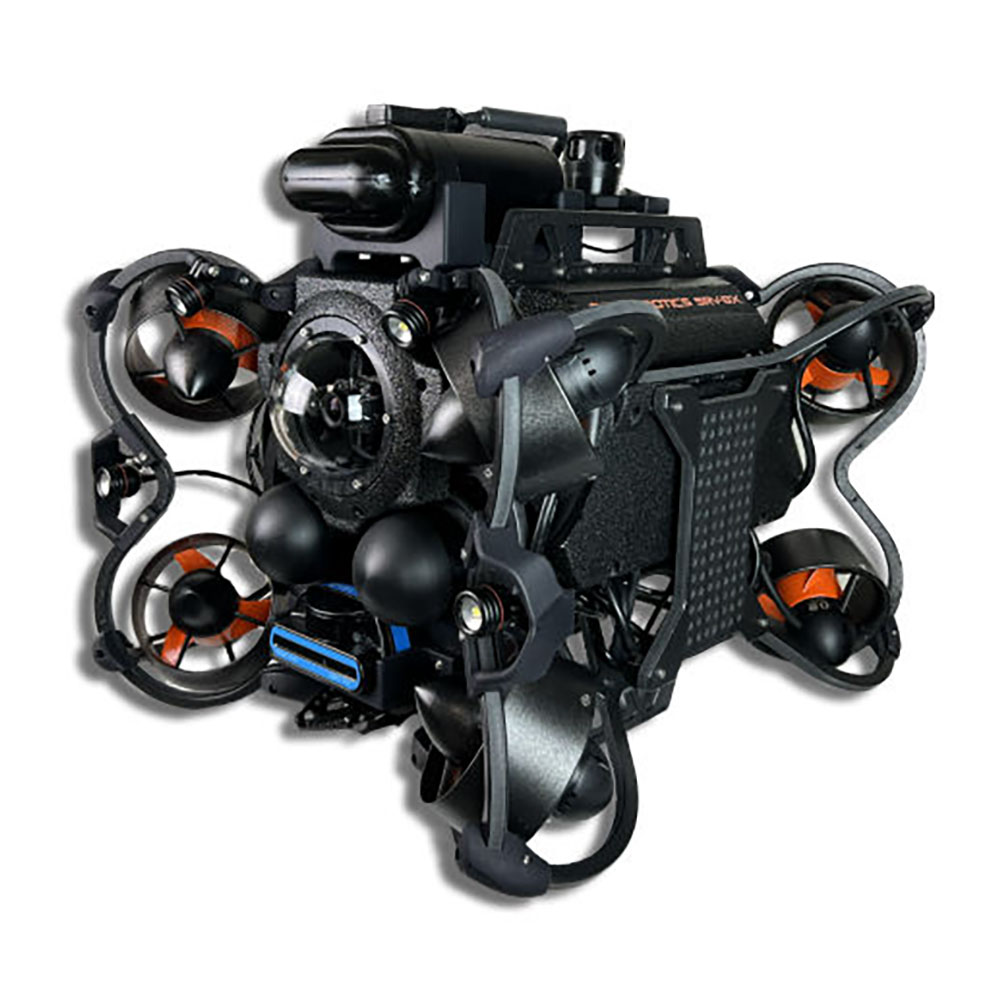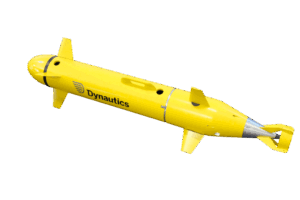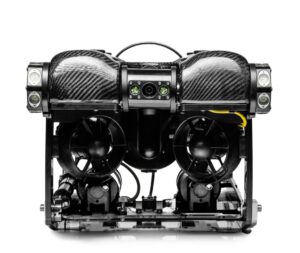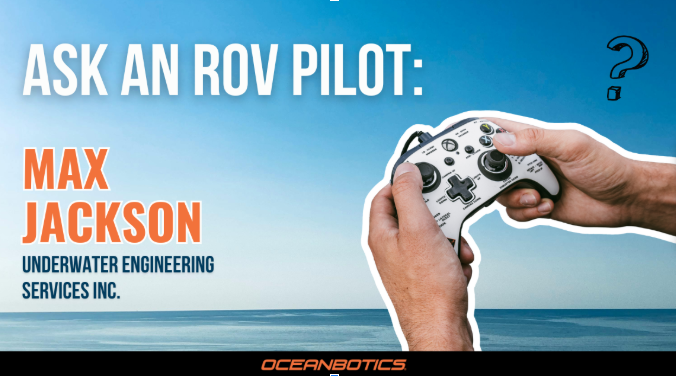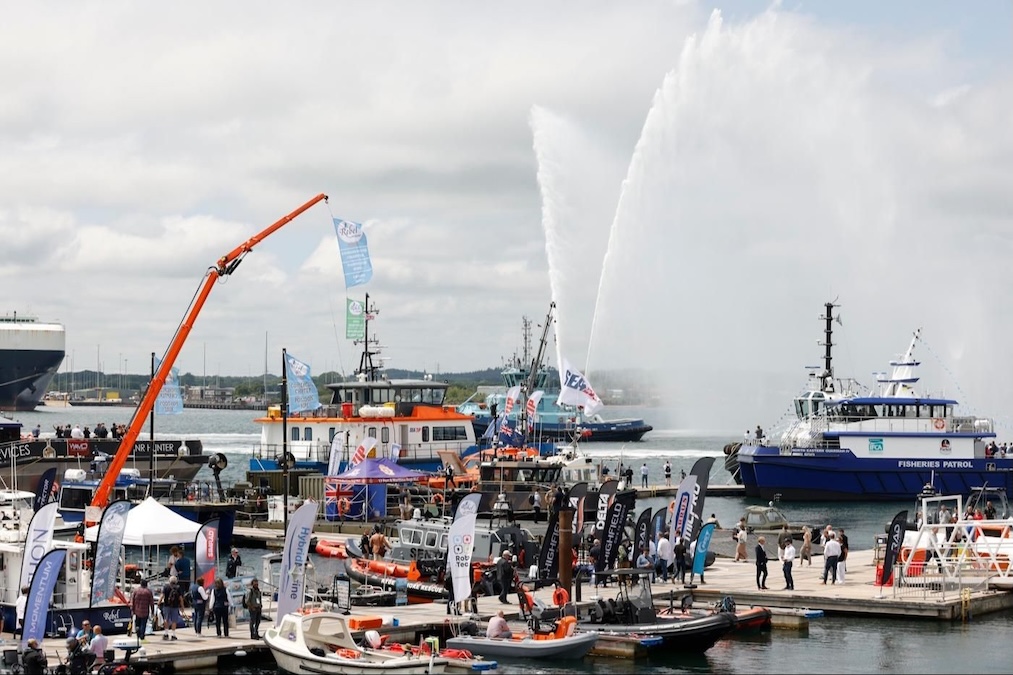Suppliers
Add your company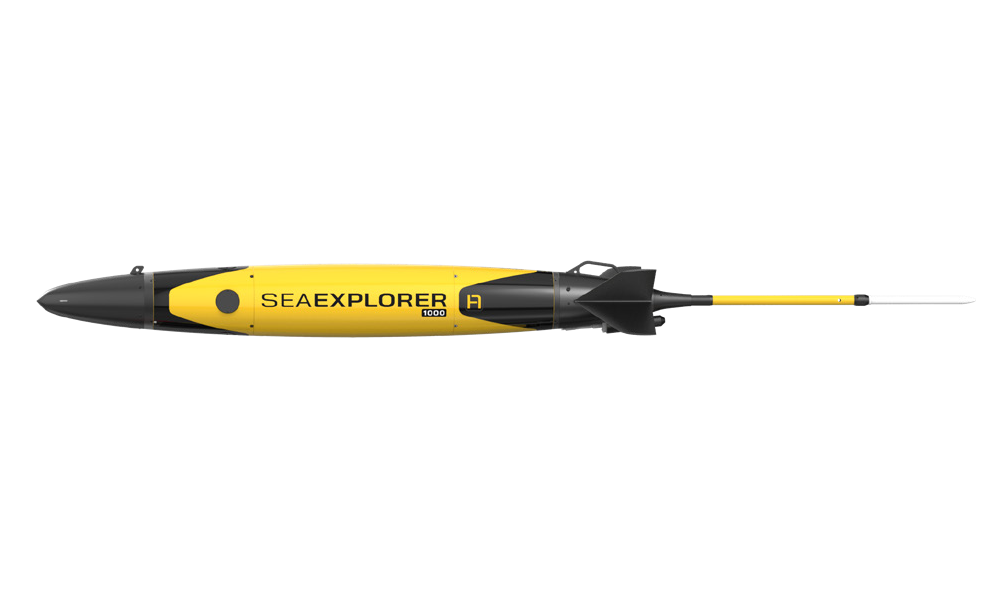
High-Tech Autonomous Underwater Gliders, Subsea Buoyancy Modules, and Oceanographic Survey Services
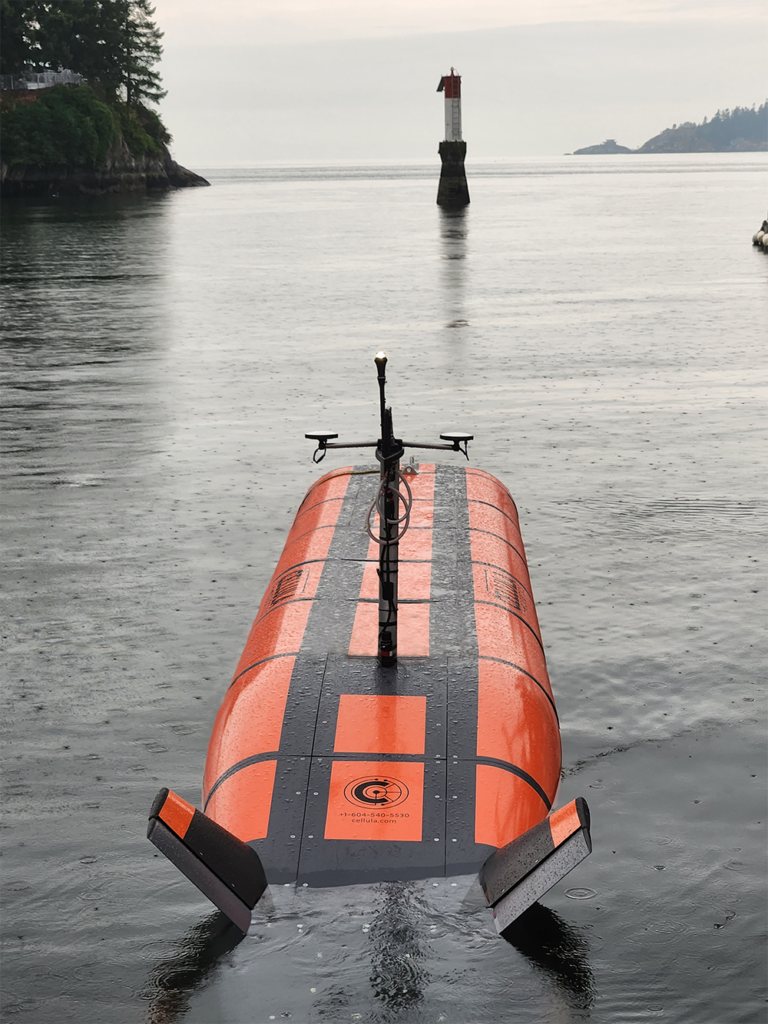
Innovative Autonomous Underwater Vehicle Solutions for Subsea Survey, Science & Security Applications
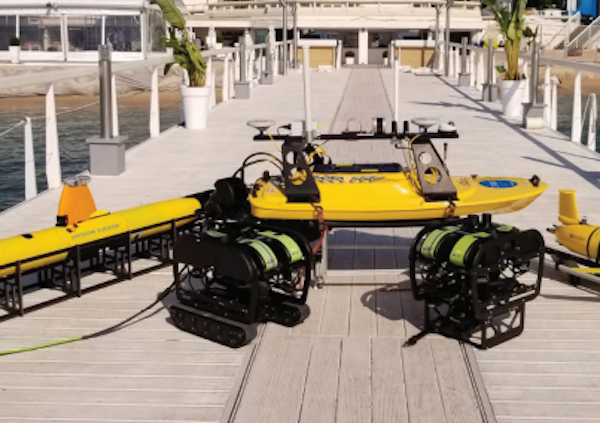
High-Performance Instruments, Sensors & Technologies for Exploring & Monitoring Subsea Environments

High-Accuracy Inertial Sensors & Acoustic Positioning Systems for Marine, Maritime & Offshore Applications
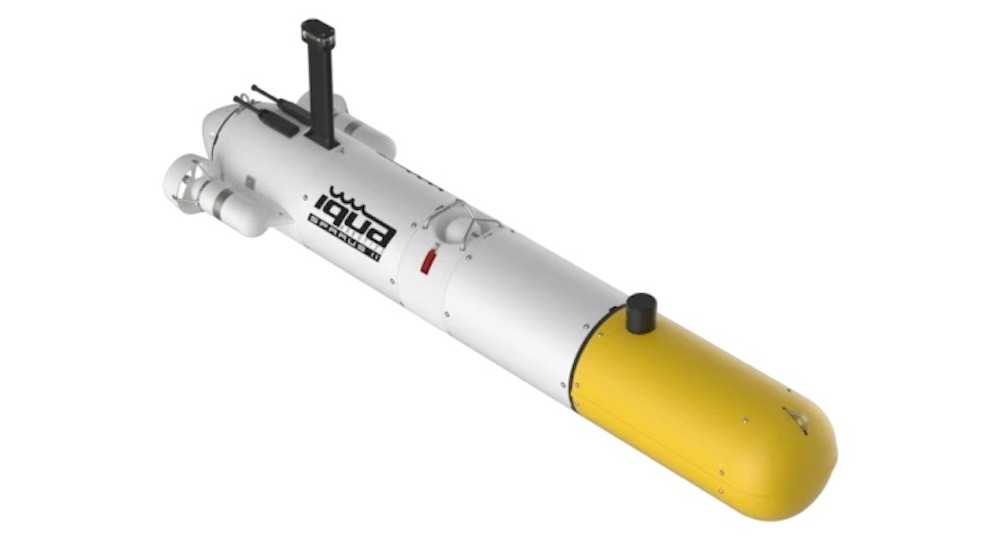
Next-generation autonomous underwater vehicles for inspection and reconnaissance
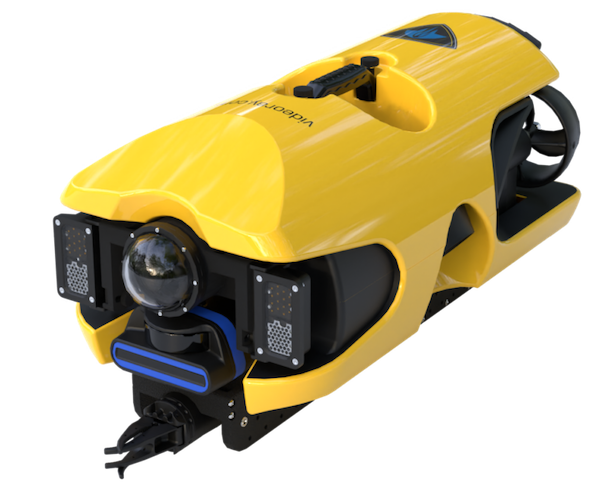
Remotely Operated Vehicles, Modular Underwater Robotics & Sensor Integration for Maritime Applications
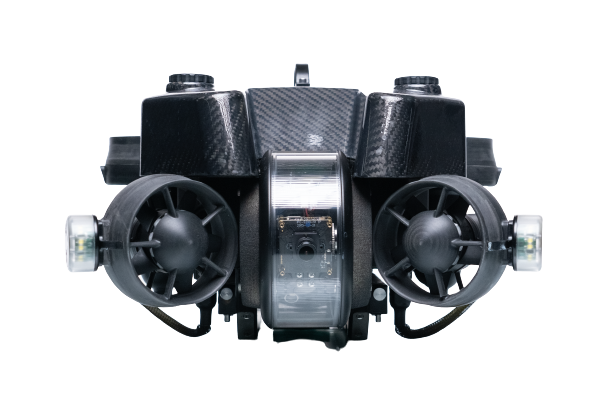
Advanced ROV Solutions for Critical Underwater Inspections
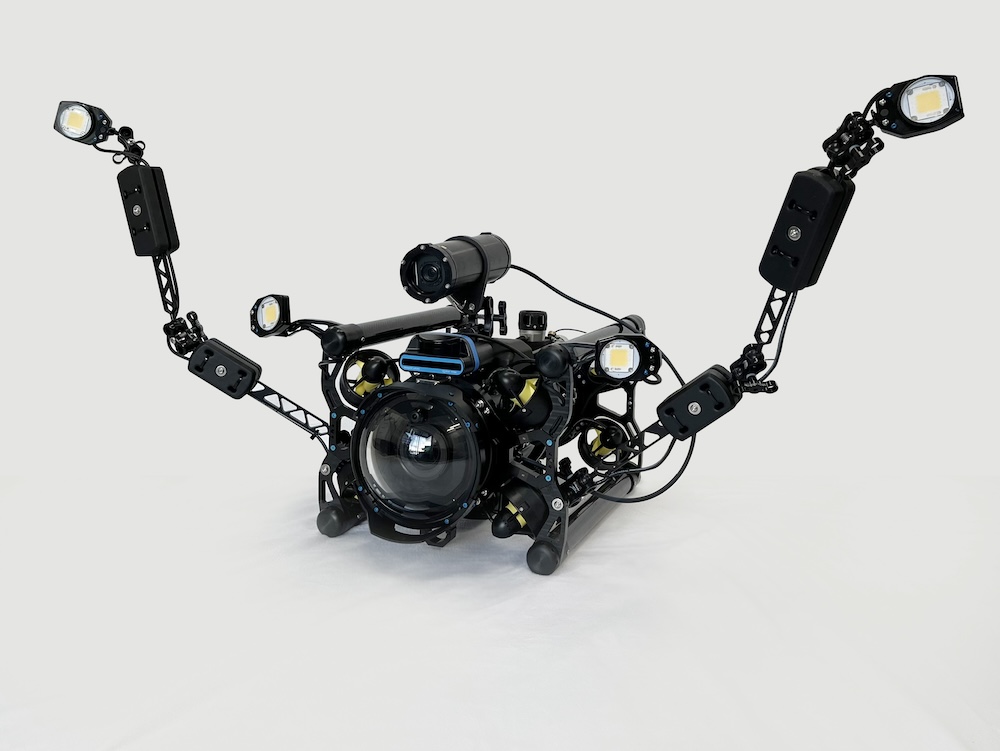
Cutting-Edge Autonomous Underwater Vehicles (AUVs), Underwater Resident Vehicles and Remotely Operated Vehicles (ROVs)
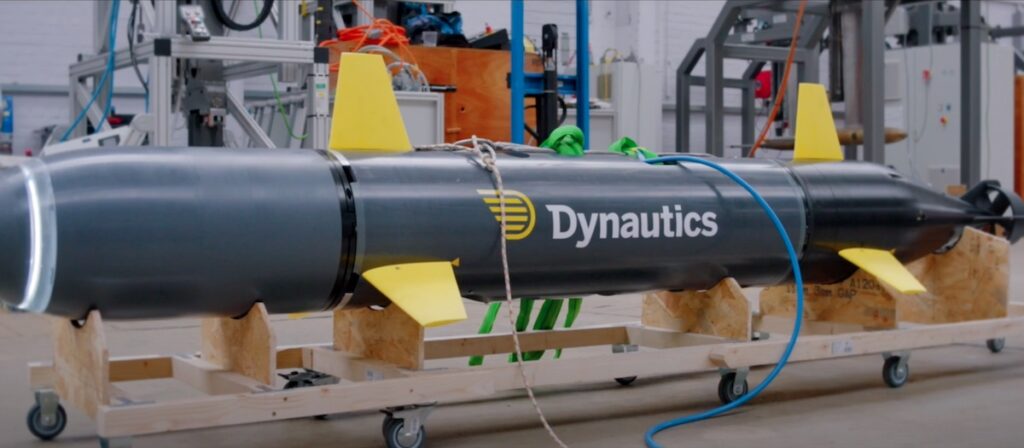
Marine Vehicle Management Technologies: Marine Autopilots, Remote Control Systems, and Simulation Solutions

Cutting-Edge Remotely Operated Vehicles (ROVs) for Marine & Underwater Professionals

Industrial ROVs and Advanced Underwater Systems

AUVs for Environmental Mapping & Monitoring

KYSTDESIGN

Commercial Remotely Operated Vehicles and Commercial Dive Equipment

Autonomous & Remote Systems for Offshore and Marine Operations

Subsea & Aerial Maritime Drones for Industry & Military Applications

Autonomous & Remote Systems for Offshore and Marine Operations
If you design, build or supply Unmanned Underwater Vehicles (UUV), create a profile to showcase your capabilities on this page
Products
Unmanned Underwater Vehicles (UUV)
The use of unmanned underwater vehicles is rapidly expanding across sectors such as defense, oil and gas, marine science, and environmental monitoring. Equipped with advanced systems like sonar, data loggers, underwater cameras, and inertial navigation systems, UUVs can perform a wide range of mission-critical tasks. Their ability to operate in hazardous or remote environments makes them indispensable tools in modern marine operations.
Understanding UUVs: A Dual-Technology Approach
Unmanned underwater vehicles, or UUVs, are submersible systems that operate independently or with remote guidance below the ocean surface. Unlike manned submersibles, UUVs eliminate the risks associated with human presence in extreme underwater conditions. They are built to support diverse operations, from scientific research to complex defense missions.
There are two primary types of UUVs, each engineered for different operational paradigms: remotely operated vehicles (ROVs) and autonomous underwater vehicles (AUVs).
Remotely Operated Vehicles (ROVs)
ROVs are tethered submersibles controlled in real time by operators onboard a vessel or platform. A robust fiber optic or coaxial cable provides power and enables high-bandwidth communication, transmitting video, control signals, and sensor data.
ROVs are particularly valuable in applications that require precision control, real-time decision-making, or extended endurance under the ocean surface. Most are outfitted with onboard cameras, thrusters, manipulator arms, and environmental sensors such as sonar, altimeters, and pressure sensors.
Key applications for ROVs include:
- Infrastructure inspection and maintenance: ROVs are widely used in the offshore oil and gas industry to inspect pipelines, risers, and subsea structures. Their stability and ability to carry robotic claws and hydraulic actuators make them ideal for precision work.
- Underwater archaeology and research: These vehicles are key in documenting submerged artifacts, shipwrecks, and ancient settlements. ROV cameras and lighting systems, such as strobe lights and flashing beacons, enable detailed imaging in low-visibility conditions.
- Search and recovery operations: ROVs assist in recovering objects and evidence from the seafloor, often in coordination with sonar systems, acoustic modems, and manipulators.
Autonomous Underwater Vehicles (AUVs)
AUVs operate independently of human control once deployed, navigating pre-programmed missions using onboard systems. They rely on inertial navigation systems, Doppler velocity logs, GPS (while surfaced), and acoustic positioning systems to maintain course and gather data.
These unmanned submersibles are designed for efficient, high-resolution data acquisition over broad areas. With no physical tether, AUVs can reach remote or cluttered underwater environments and operate for extended durations using advanced power systems such as lithium-ion batteries and fuel cells. Underwater gliders are a type of AUV which can operate without propellers, they use hydrodynamic wings and changes in buoyancy to glide autonomously through the ocean.
Key applications for AUVs include:
- Seabed mapping and hydrographic surveys: Equipped with multibeam sonar, side-scan sonar, and synthetic aperture sonar, AUVs can chart the ocean floor in high detail. This data is critical for geological surveys, cable route planning, and habitat assessment.
- Environmental monitoring: AUVs collect data using temperature sensors, salinity sensors, turbidity sensors, fluorometers, and water sampling systems. This enables ongoing research into climate change, marine biodiversity, and pollution patterns.
- Military surveillance and mine countermeasures: AUVs serve key defense functions, including submarine tracking, anti-submarine warfare, and unexploded ordnance (UXO) detection. Advanced platforms integrate forward-looking sonar, obstacle avoidance systems, and mission planning software.
Comparison and Use Case Differentiation
While both ROVs and AUVs fall under the umbrella of UUVs, their mission profiles diverge based on their operational capabilities. ROVs excel in real-time control and interaction, making them well-suited for delicate tasks like infrastructure repair and sample retrieval. In contrast, AUVs are optimized for wide-area data collection and stealth operations, ideal for scientific missions and strategic reconnaissance.
ROVs often require a support vessel and operators, leading to higher logistical costs but greater adaptability on the job. AUVs, by contrast, reduce human labor requirements and operational risk but depend heavily on pre-programmed routes and sensor autonomy.
Technology and Innovation in UUVs
Modern UUVs incorporate various advanced technologies to meet the demands of increasingly complex underwater missions. Key components and systems include:
- Navigation systems: Inertial navigation systems (INS), Doppler velocity logs (DVL), GPS (surface fix), and fiber optic gyros for precise underwater positioning.
- Sensor payloads: Sonars (side-scan, multibeam), CTD sensors (conductivity, temperature, depth), magnetometers, altimeters, and laser scanners to detect and classify objects and environments.
- Power and propulsion: Lithium-ion batteries, fuel cells, thrusters, and ballast systems to support long endurance and maneuverability.
- Communication and control: Acoustic modems, underwater acoustic communication systems, and onboard computers to facilitate real-time or autonomous operations.
Military UUVs may also integrate acoustic surveillance tools, anti-collision systems, and encryption for secure operations in contested environments. Civilian deployments often focus on environmental data gathering, facility monitoring, and port security.
Global Adoption and Operational Growth
Using unmanned underwater vehicles rapidly expands across navies, energy companies, marine research institutes, and infrastructure contractors. From underwater drones supporting cable inspection to autonomous platforms conducting geological surveys, the adaptability of UUVs makes them indispensable across domains.
Technological advancements continue to increase UUV reliability, endurance, and functionality, paving the way for next-generation systems capable of longer missions, deeper dives, and greater autonomy. Emerging trends include swarming capabilities, hybrid UUV/ROV platforms, and AI-based decision-making onboard.
How UUVs are Shaping the Future of Subsea Operations
With ROVs providing precise, operator-guided control and AUVs enabling autonomous long-range missions, the full spectrum of unmanned underwater capabilities is now being leveraged to address global challenges, from securing maritime borders and tracking submarines to preserving submerged cultural heritage and assessing marine ecosystems.


















